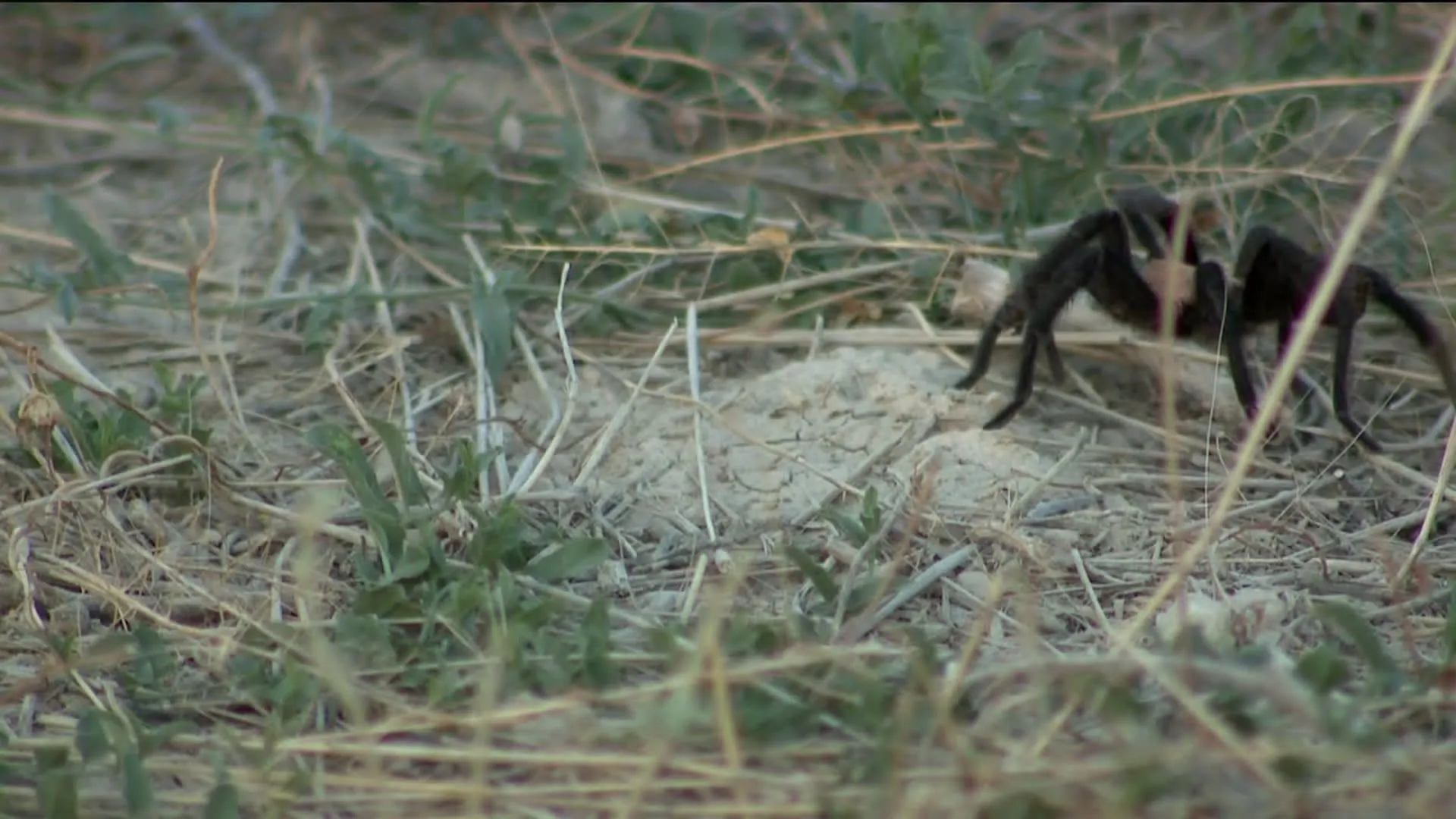Tarantula Migration in Colorado Overview
The tarantula migration in Colorado is a remarkable natural phenomenon, a yearly spectacle that draws both wildlife enthusiasts and curious onlookers. It’s a time when thousands of tarantulas, primarily the Oklahoma Brown Tarantula (Aphonopelma hentzi), embark on a journey across the Colorado landscape. This migration is not merely a random movement; it’s a deeply ingrained behavior driven by the need to reproduce. The sight of these large, hairy spiders traversing fields, roads, and even climbing over obstacles is an unforgettable experience, showcasing the resilience and adaptability of these fascinating creatures. This guide delves into the intricacies of this migration, exploring what triggers it, where to witness it, and the behaviors and challenges involved.
What Triggers Tarantula Migration
The tarantula migration is not a spontaneous event but a carefully orchestrated response to environmental cues and biological imperatives. Several factors converge to initiate this annual journey. The primary driver is the tarantulas’ reproductive cycle, particularly the males’ search for mates. However, environmental conditions play a crucial role in signaling the appropriate time for migration. Understanding these triggers is key to appreciating the timing and significance of this event.
Environmental Factors
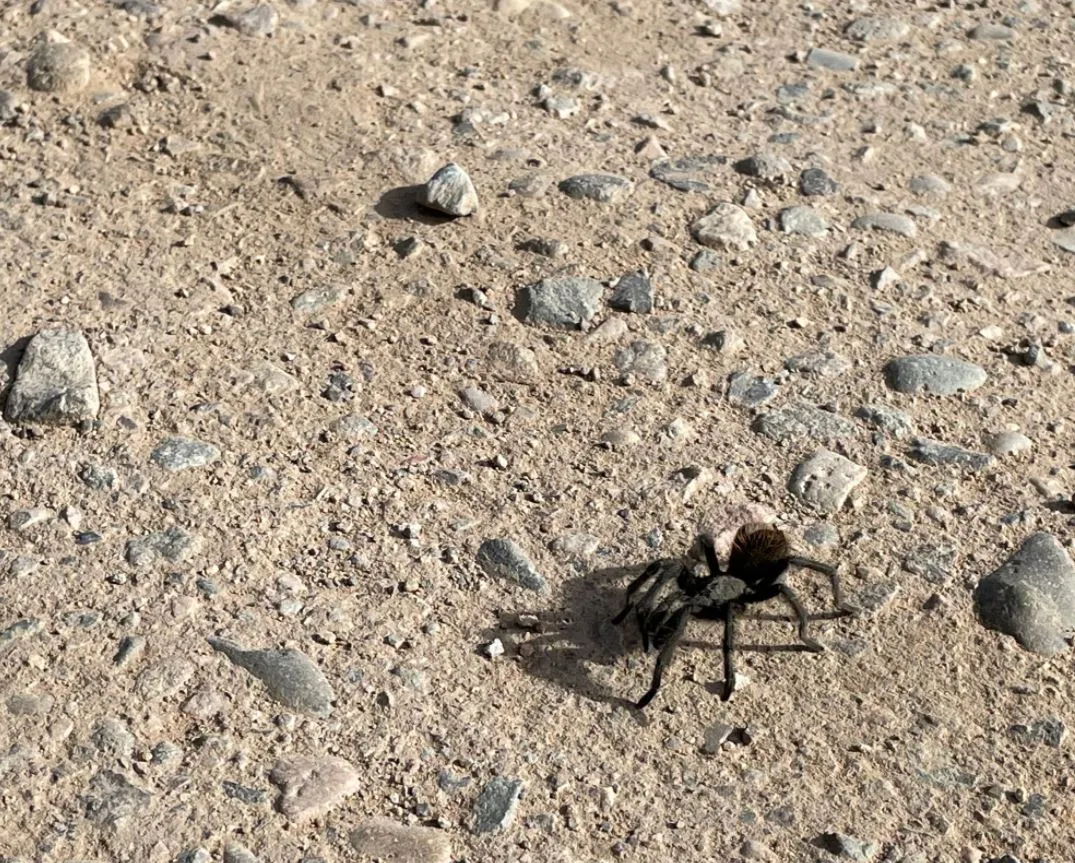
Temperature and humidity are the major environmental factors that influence the timing of the tarantula migration. As summer progresses and the weather becomes consistently warm and dry, tarantulas begin to sense the approaching breeding season. The specific timing varies depending on the microclimate, but generally, the migration commences in late summer or early fall. The absence of extreme weather events, such as heavy rain or unexpected cold snaps, is crucial for the migration’s success. These conditions provide the most favorable conditions for the spiders to move safely and efficiently, maximizing their chances of finding a mate.
Mating Season’s Influence
The primary purpose of the tarantula migration is reproduction. Male tarantulas, which are generally the primary movers during this period, are driven by their biological imperative to find a mate. They leave their burrows in search of receptive females, often traveling considerable distances. The migration is timed to coincide with the females’ readiness to mate. After mating, the males’ role is often finished, with many dying soon after. Females, however, retreat to their burrows to lay their eggs, continuing the cycle of life. This makes the migration a critical phase in the tarantula’s life cycle, ensuring the continuation of their species.
The Best Time to Witness the Migration
Timing is everything when it comes to witnessing the tarantula migration in Colorado. Knowing when and where to look significantly increases the chances of seeing this spectacle. The migration period is relatively short, making it essential to be prepared and informed to maximize your viewing opportunity. The best time to see these creatures on the move requires paying attention to seasonal changes and local conditions.
Month-by-Month Breakdown
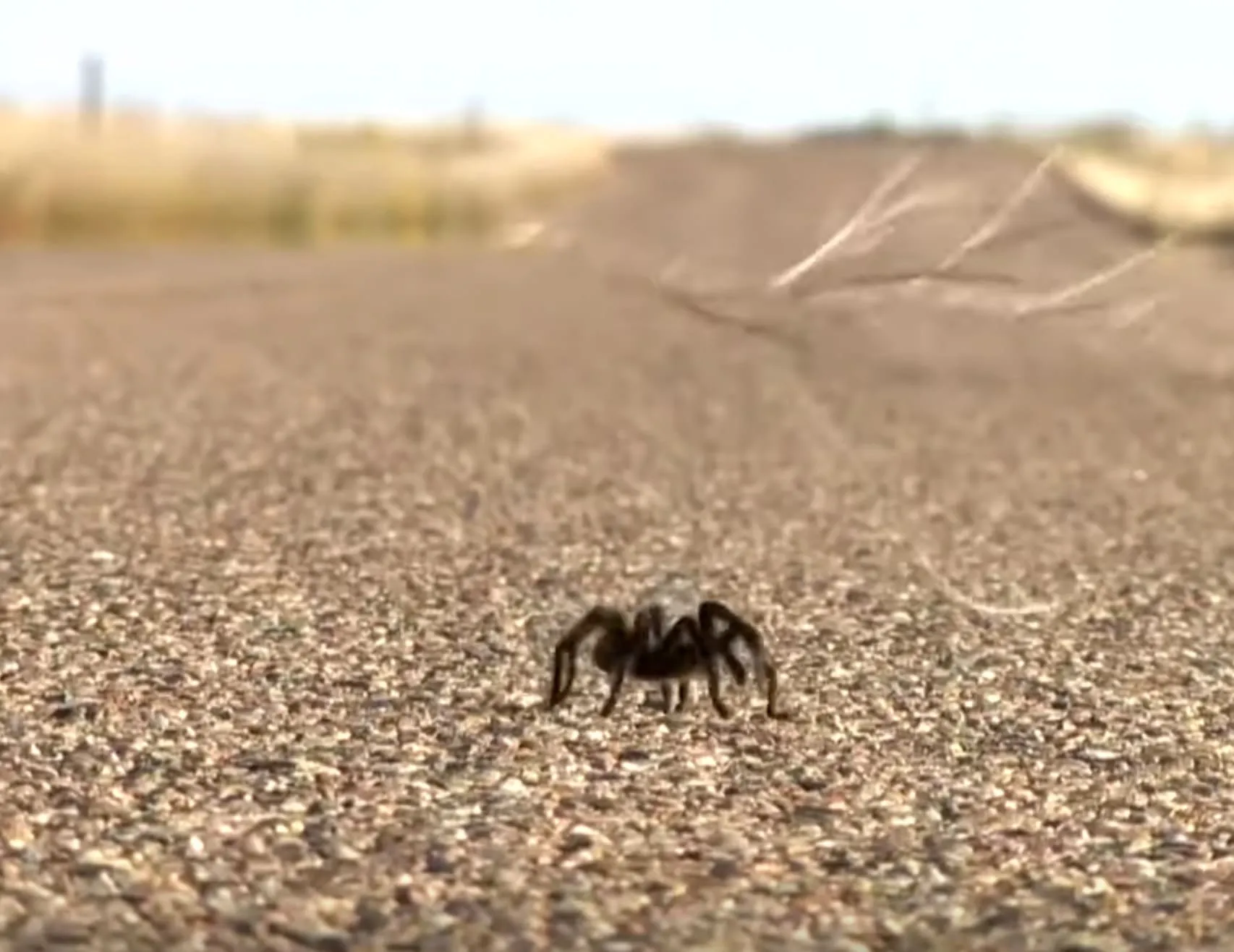
Typically, the tarantula migration in Colorado begins in late August and continues through September and sometimes into early October. The peak of the migration usually occurs in September when weather conditions are most favorable. The exact timing can vary from year to year, depending on the weather. Early-season migrations may start sooner if the weather warms up earlier. Late-season migrations can be prolonged by warmer conditions. Keeping an eye on local weather reports is helpful, as warmer, drier weather usually spurs the spiders to move.
Optimal Locations for Viewing
Several locations in Colorado are known hotspots for the tarantula migration. These areas typically have large populations of tarantulas and suitable habitats that encourage migration. Observing the migration in designated areas ensures the best viewing experience while minimizing disturbance to the spiders and their environment. Some locations are more accessible, while others require some hiking or driving, so planning and preparation are essential.
Prime Spot 1
One of the most popular viewing areas is located in the grasslands of southeastern Colorado, particularly near the towns of La Junta and Pueblo. This area offers vast open spaces where tarantulas are commonly found. The flat terrain makes it easy to spot the spiders as they cross roads and fields. During the peak migration, it’s common to see many tarantulas on the move. Remember to respect private property and stay on designated paths.
Prime Spot 2
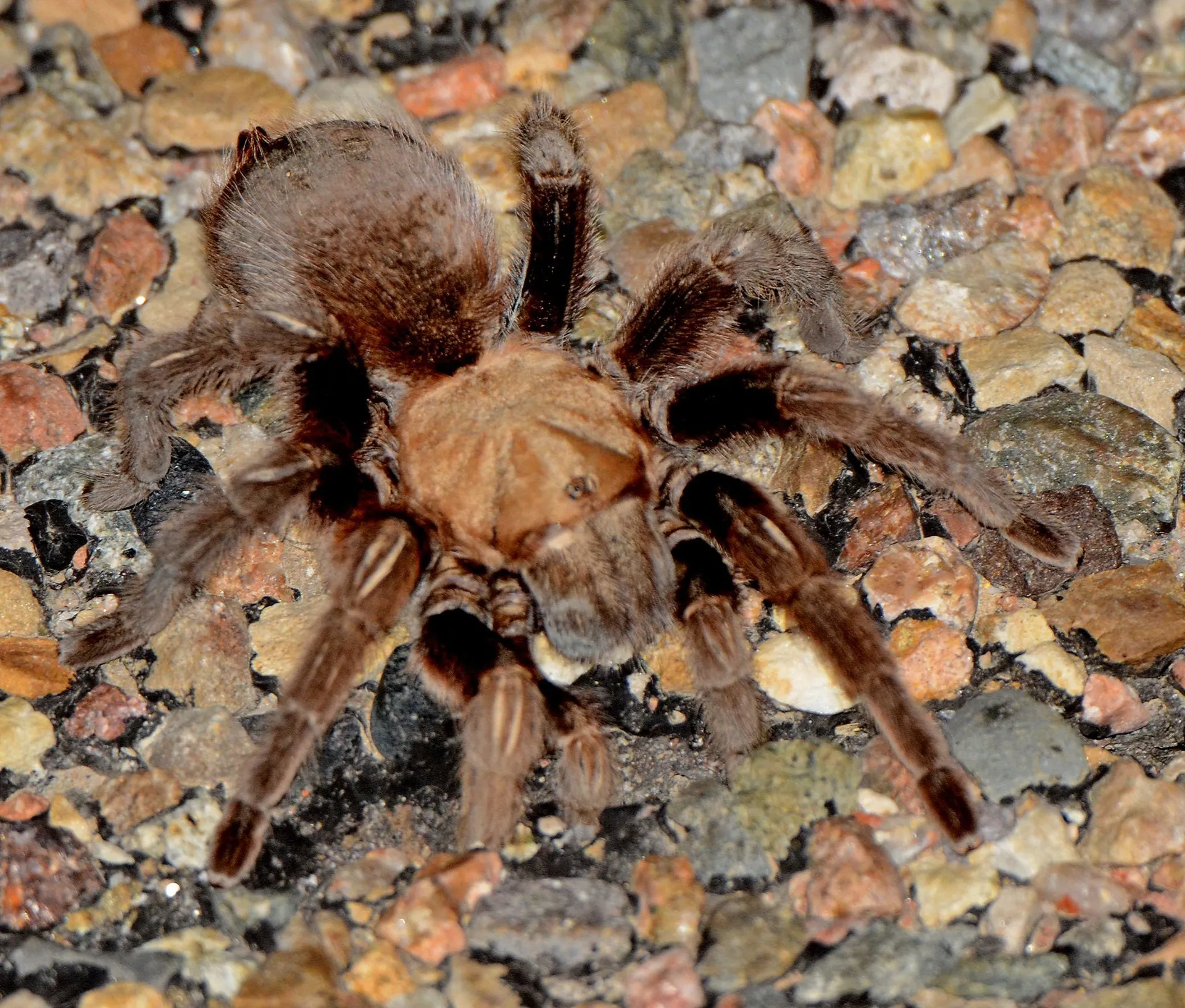
Another excellent viewing location is in the areas around the Comanche National Grassland. The Grassland provides a protected habitat for tarantulas, and the public can enjoy easy viewing. This area is known for its high tarantula populations. Guided tours and local wildlife organizations frequently host viewing events during the migration season. Always check for any fire restrictions or other park regulations before visiting.
Behavior During the Migration
The behavior of tarantulas during their migration is fascinating to observe. The journey itself is a display of survival and reproductive drive, with different behaviors exhibited by male and female spiders. Understanding these behaviors provides a deeper appreciation for the natural history of these creatures and the challenges they face during this crucial period. These behaviors are mainly dictated by the spiders’ biological differences and their roles in the reproductive process.
Male Tarantula Behavior
Male tarantulas are the primary movers during the migration. Driven by the urge to find a mate, they leave their burrows and embark on a quest to find receptive females. They exhibit a distinct wandering behavior, often covering considerable distances over several days or even weeks. Male tarantulas are frequently spotted crossing roads and open fields, seeking signs of female burrows. They use their senses to detect pheromones released by females. They will then tap on the female’s burrow to gain entry.
Female Tarantula Behavior
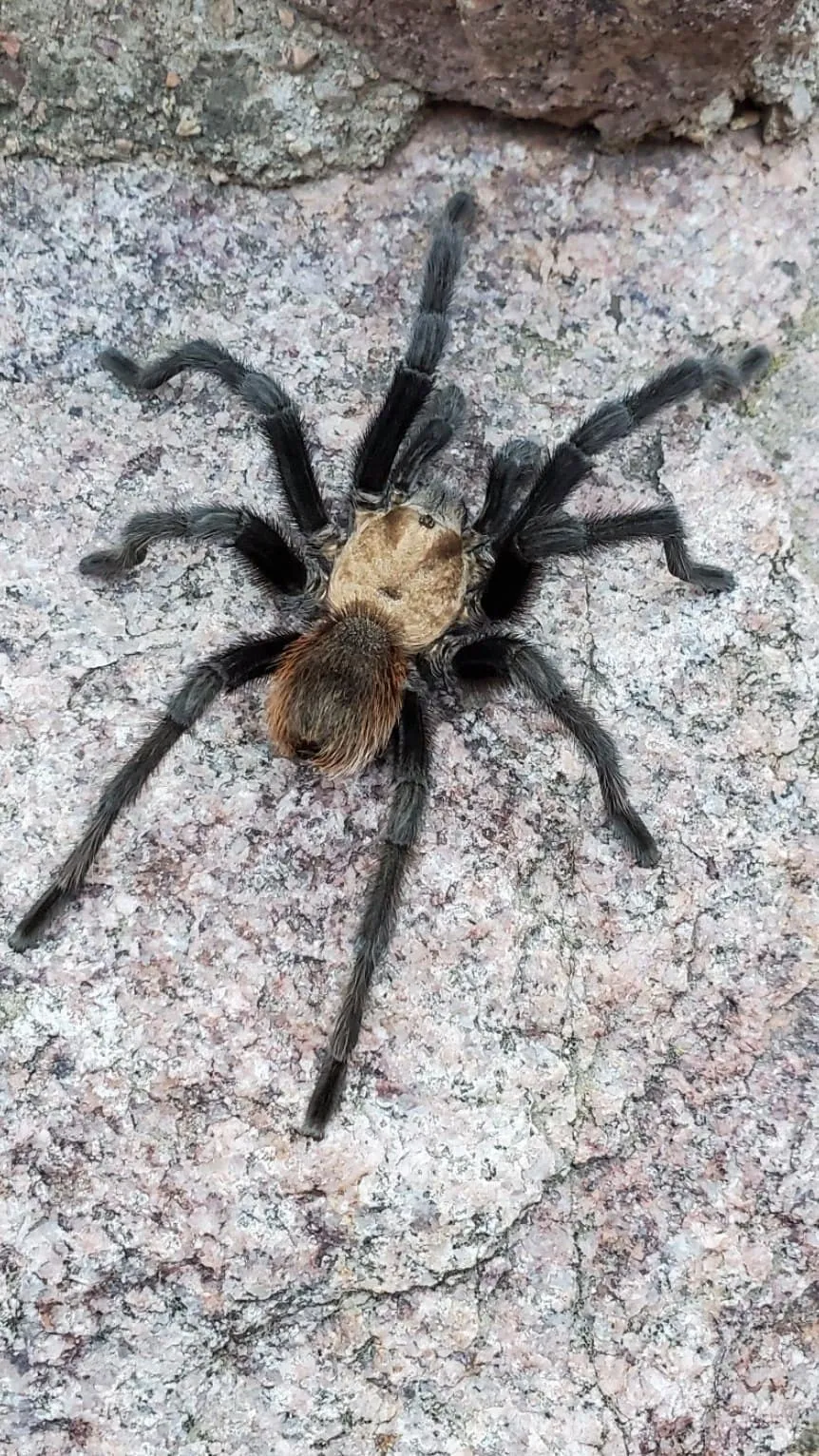
Female tarantulas, being sedentary, usually stay near their burrows, waiting for the males to find them. They release pheromones to attract potential mates. Once a male is found, they may or may not accept the male. If the female accepts the male, mating occurs near the burrow. After mating, the female will return to her burrow, and the male may be eaten by the female, if he doesn’t escape. The females then prepare to lay eggs, continuing the life cycle. This behavior ensures the continuation of their offspring.
Challenges Faced During Migration
The tarantula migration is not without its dangers. These spiders face numerous challenges, from natural predators to the impact of human activities. Recognizing these threats is important for appreciating the struggle for survival. The migration is a high-stakes journey, where survival depends on navigating a hazardous landscape.
Predators and Threats
Tarantulas are vulnerable to various predators during the migration, including birds of prey, coyotes, and even other tarantulas. The open terrain exposes them to predation, making them easy targets. Vehicle traffic on roads is a significant threat, with many tarantulas killed each year while crossing highways. Harsh weather conditions, such as extreme heat or cold, can also lead to mortality, particularly if the spiders are exposed for extended periods. Understanding these threats is important for conservation efforts.
Human Impact on Migration
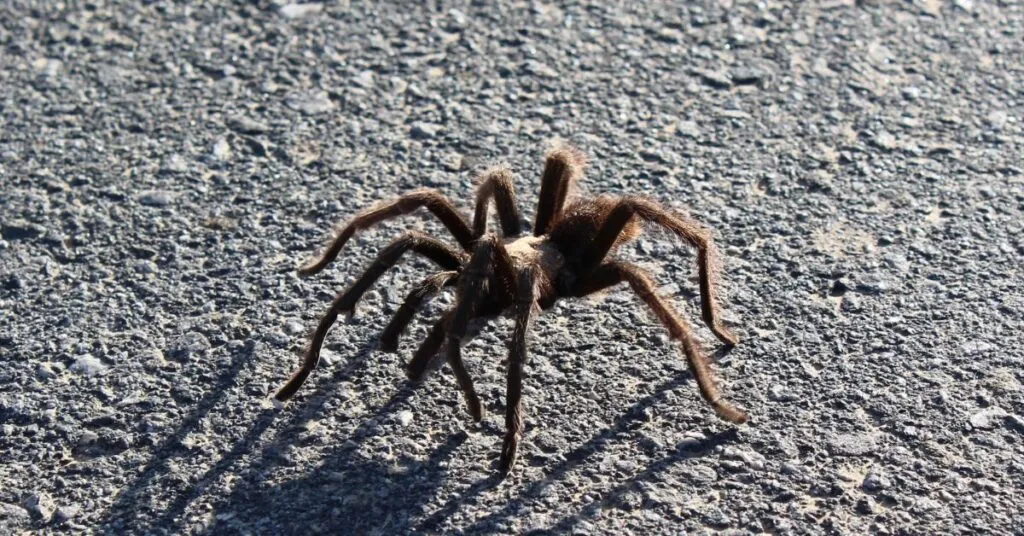
Human activities, such as habitat destruction and the use of pesticides, have a significant impact on the tarantula migration. Urban development and agricultural practices can fragment habitats, reducing the area available for migration and breeding. Pesticides can directly harm tarantulas or impact their food sources, leading to declines in their populations. Responsible land management practices and conservation efforts are crucial for mitigating these human-induced impacts and preserving the natural spectacle of the tarantula migration.
10 Fascinating Facts about Colorado Tarantula Migration
Fact 1
The Oklahoma Brown Tarantula is the most common species seen during the migration.
Fact 2
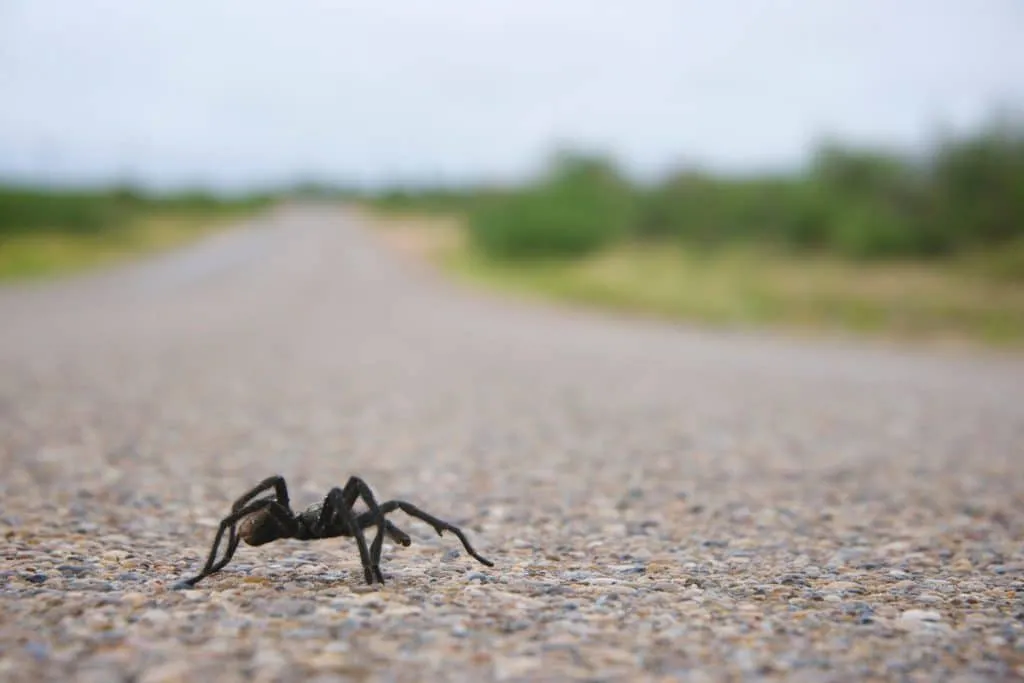
Male tarantulas can travel several miles during the migration.
Conservation Efforts and How to Help
Protecting the tarantula migration requires a collaborative approach. From habitat preservation to community involvement, everyone can contribute to ensuring this natural wonder continues for future generations. Promoting responsible practices and supporting conservation initiatives are essential steps in preserving this fascinating aspect of Colorado’s wildlife.
Protecting Tarantula Habitats
Protecting the tarantula’s habitats is crucial for the success of the migration. Supporting land conservation efforts that preserve open spaces and natural habitats is essential. Reducing human encroachment, such as minimizing construction and development in critical areas, can help. Promoting responsible land management practices, such as sustainable agriculture and reduced pesticide use, can mitigate negative impacts on tarantulas and their food sources. Supporting conservation organizations and initiatives is an effective way to contribute to habitat protection.
Community Involvement
Community involvement is a powerful tool for tarantula conservation. Educating others about the importance of the tarantula migration and its conservation is essential. Participating in citizen science projects, such as monitoring tarantula populations or reporting sightings, can provide valuable data for research. Supporting local organizations that promote conservation and education, such as attending events and volunteering, can make a significant impact. Practicing responsible tourism, such as observing tarantulas from a distance and avoiding disturbance to their habitat, can also make a difference.
